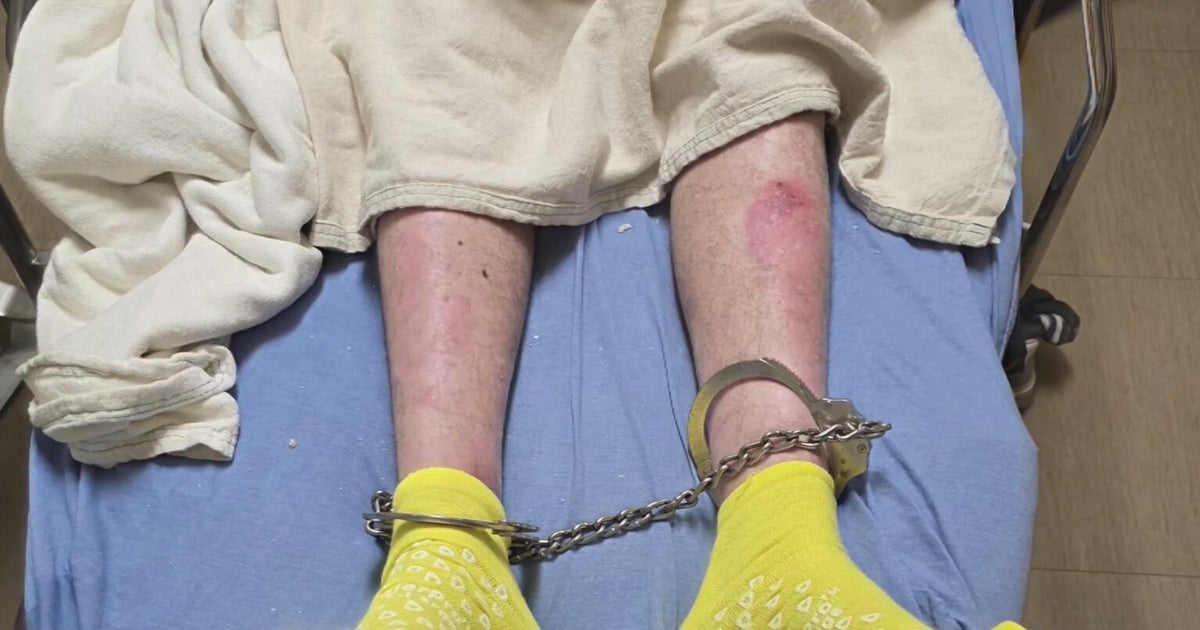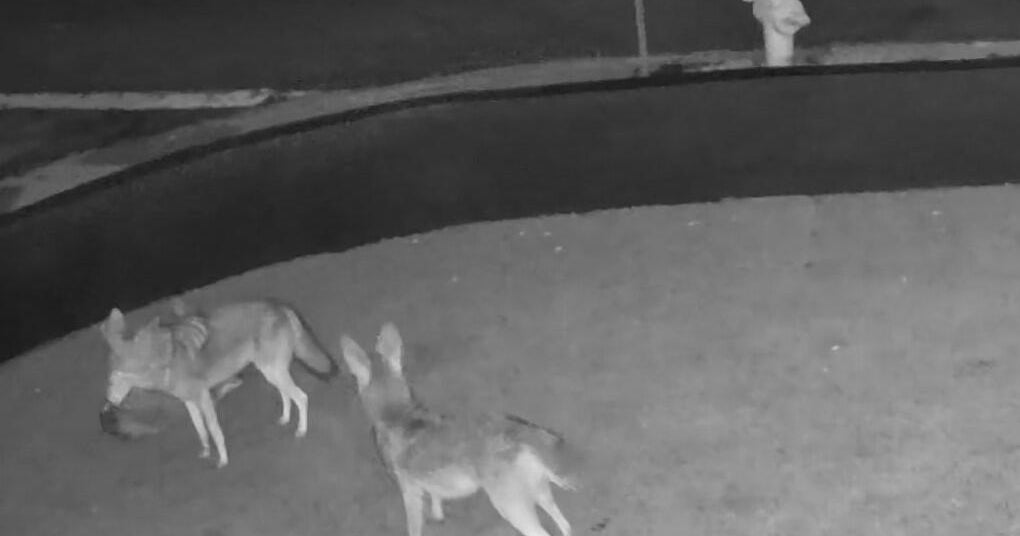This poisonous plant could be in your yard without you knowing it
LANCASTER (CBSNewsTexas.com) - A normal day of yard work turned into a trip to the hospital for a Lancaster woman after she touched poison hemlock without even knowing it.
Kenzie Kizer was trying to clear her alley of weeds over Memorial Day weekend when she started experiencing life-threatening symptoms.
Kizer believes taking a shower prevented what could have been a tragic situation. She posted on Facebook: "Shortly after pulling the weeds my arms felt as if they were on fire. So I took a shower to wash out what I believed to be splinters. Less than an hour later my tongue started swelling, my skin was burning, my speech was slurred, I was dizzy, confused and very shaky."
When she started struggling to breathe, she went to the emergency room. Doctors confirmed that she had come into contact with poison hemlock.
"It does grow in northeast Texas and other parts of our state," said Vanessa Corriher-Olson, Ph.D., a professor and forage extension specialist with Texas A&M AgriLife Extension. "It can be very common, especially along roadsides and in ditches, and even on the banks of ponds or creeks."
A similar plant, called water hemlock, was identified and treated at White Rock Lake last summer. Poison hemlock has stems with reddish or purple markings and tiny white flowers arranged in small, umbrella-shaped clusters. It looks harmless, but it's not.
If ingested, poison hemlock can kill humans or animals through respiratory paralysis within 2-3 hours. However, inhaling its fumes or merely touching it can also cause poisoning, which is what happened to Kizer.
Professor Vanessa Corriher-Olson said the biggest danger of Poison Hemlock is that it resembles other, edible plants.
"So the root looks very similar to parsley, as does the leaf. It's very, very similar to wild carrot," said Corriher-Olson. "So it's just critical that we're not confusing that particular plant with maybe some vegetables such as parsnips, that we might be growing in a garden."
She advised that if you come across it, it's best to avoid it. In the event that you need to remove it, like with any plants, she recommended wearing long sleeves and gloves.
"I also would recommend that when we're done working outside, we make sure we thoroughly wash our hands before we touch our face or before we eat or drink something just to be safe," said Corriher-Olson.







